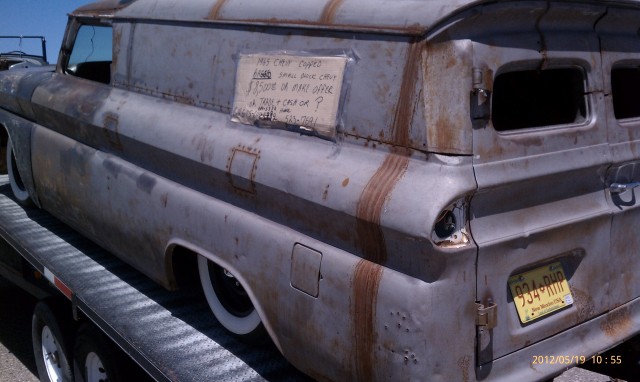
Federal Mogul Bearings
Have you even given this a thought? Nope, not me either.
But here’s why you should and why you shouldn’t go cheap.
Engine bearings have the dual function of reducing friction between a rotating part of the engine (the crankshaft) and the stationary part (the main caps and engine block) and supporting the crank.
Because of the stresses caused by the explosions inside the internal combustion engine, the bearing material must be extremely strong, so a durable metal is required.
Engine bearings are small and relatively inexpensive components of internal combustion engines however failure of an engine bearing commonly leads to serious reconditioning works of the engine including its disassembling, regrinding the crankshaft and replacing the bearings. Sound like fun? No. And we all know that it’s not cheap to rebuild, so let’s do it right and not cut corners in this area.
So what should you get? Well considering that there are all kind of ways to destroy your bearing, like dry starting (no oil coating) some of the following:
-
Wrong selection of the Engine bearing materials for the application.
-
Localized loading of the bearing due to a misalignment (eg. hour-glass journal, distorted connecting rod).
-
Fuel detonation caused by advanced ignition.
-
Running the engine under high loads (torque) at low rotation speeds for long period.
-
Poor conforming of the bearing back with the housing surface.
-
Over fueling.
-
Corrosive action of contaminated oil, which lowers the fatigue limit (Corrosion fatigue).
Yes it’s true bearing take a beating. Here if you go cheap, especially if you are racing, you go home.
So double up on the cash because quality bearings like Michigan 77 or Federal Mogul competition will cost you twice as much. Pay now or rebuild sooner.

Michigan 77’s
Thanks for reading.
Tim Sweet




































































